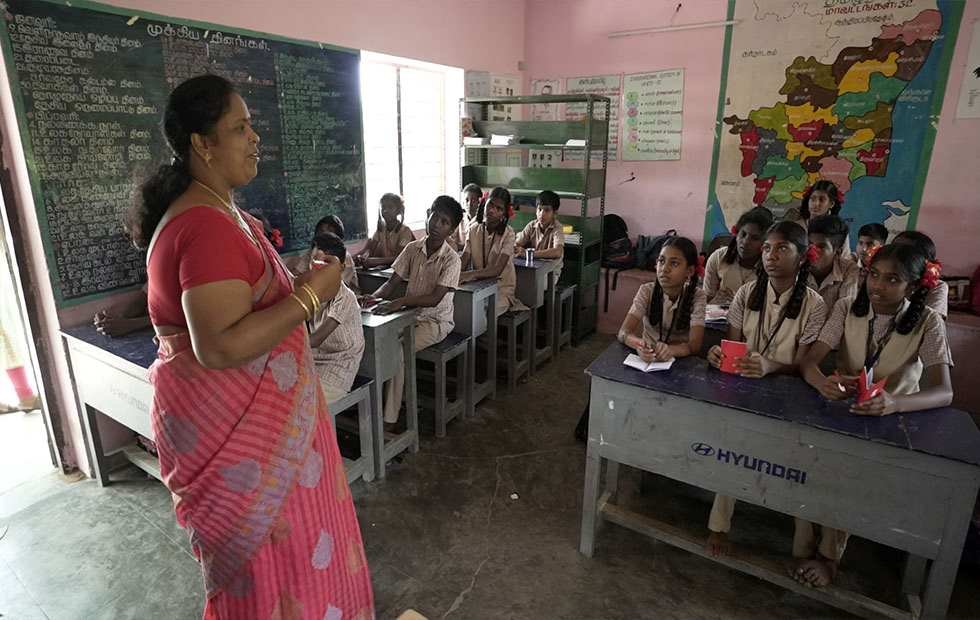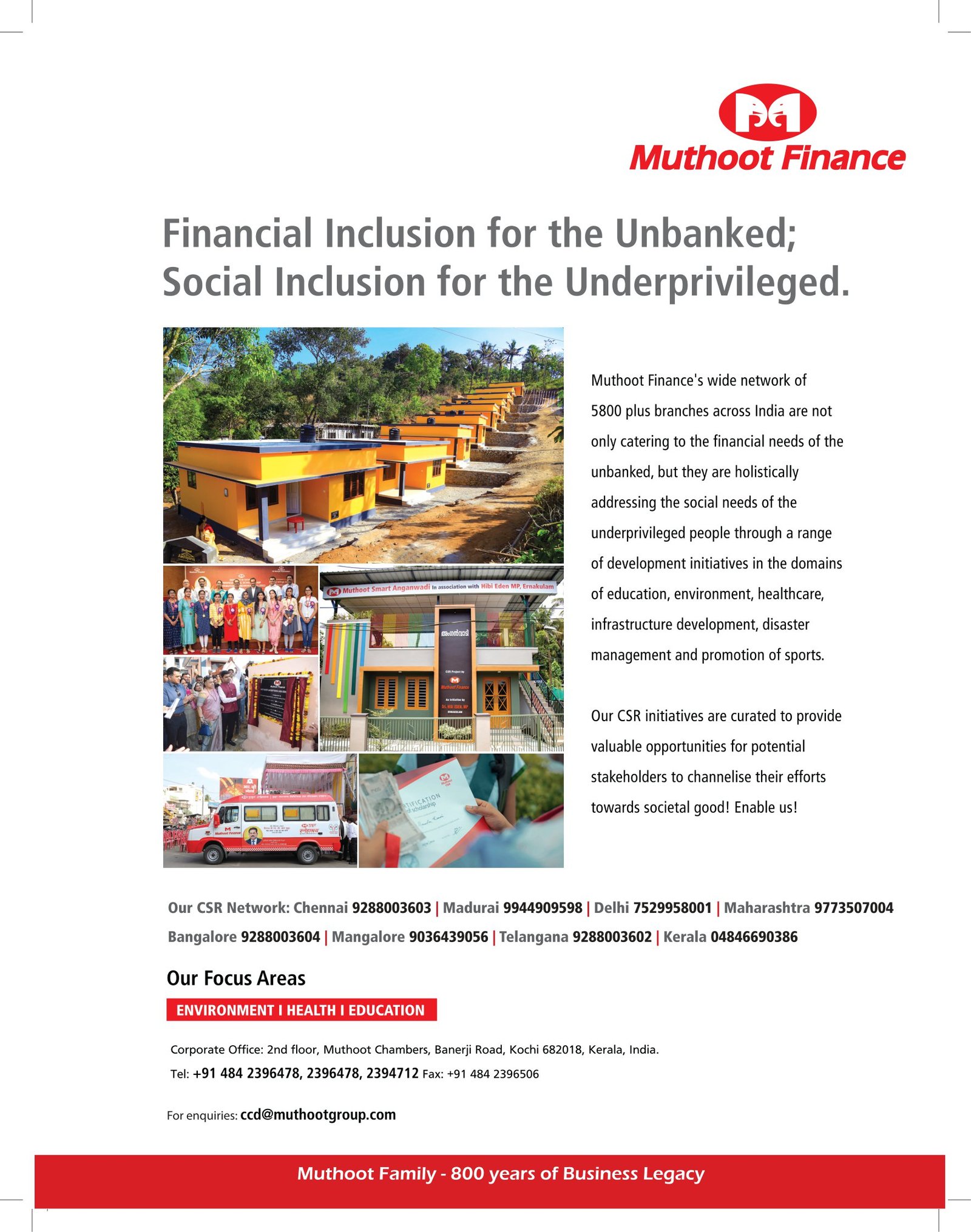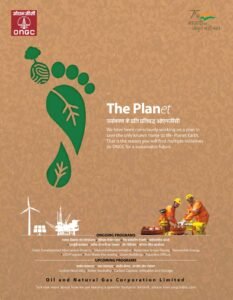COVER STORY

HOUSING FOR ALL BY 2022
In its seven decades of journey since independence, the real estate and housing sector, has come a long way from early years of restrictive policies, deficient planning and highly inadequate resources, to reach a progressive, planned, organised and reformative stage, facilitating urban transformation and speedy economic growth. The present government’s vision is to ensure long term inclusive development through good governance and transformative reforms to boost real estate, housing and infrastructure – the vital sectors that hold key to economic development. It is a far cry from early years after independence (1947 – 64), when not much attention was paid towards housing/urban infrastructure due to lack of resources and staff capacity to design and deliver. But, it was during this period that the government introduced state housing boards, mandated to construct houses for public and laid the ground for planned cities and subsequently Chandigarh & Gandhinagar came into existence in 1952 and 1960 respectively. The years after independence but in preliberalisation era (1965- 1990) was marked with regulatory restrictions. But it was in this period that the policy boost was given to the growth in housing finance sector, with the formation of Housing Urban Development Corporation (HUDCO), National Housing Bank (NHB) and Housing Development Finance Corporation (HDFC). The Urban Land Ceiling Act was passed in 1976 with a purpose to curb speculative land pricing, but was later repealed by all states except West Bengal & Kerala as it failed to serve its purpose. Significantly, during this period (1988), National Housing Policy came into being and a rural housing scheme for downtrodden was launched. In the post- liberalisation period (1991- 2000), the role of government as enabler, away from direct provider of housing, as proposed in National Housing Policy, was further reinforced with the creation of efficient legislative, legal and financial frameworks for private sector for the development of real estate and housing. Further, to give a boost to urban development and housing, urban local bodies were empowered and housing finance market was deepened. In the post – 2000 period of economic globalization, JNNURM, an urbanfocused programme to encourage cities to go for phased improvements in the civic service levels, involving investment of $20 billion was launched in 2005.
BIG BOOST TO HOUSING SINCE 2014
Real estate, housing and infrastructure are at the forefront of Modi government’s policy to boost economy and push up growth. When NDA government, led by Prime Minister, Narendra Modi took over in May, 2014, economy was in shambles, inflation & current account deficit were high and projects were stuck due to corruption and policy paralysis and foreign investment was hit. But, with its focus on good governance and through a spate of reforms, the NDA government could manage to restore the growth. It has brought down fiscal deficit from 4.5 percent in 2013-14 to 3.5 percent in 2016-17, targeting 3.2 percent in 2017-18. The GDP growth that had fallen to 6.6 percent in 2013-14, clocked 7.1 percent in 2016-17 and Moody has projected 7.5 percent growth rate in 2017-18. Immediately after taking over, the government liberalized FDI in construction development, significantly reducing minimum area and capital investment requirements for foreign real estate developers. This eased foreign investment for the sector, troubled by regulatory bottlenecks and paucity of funds. The second wave of FDI reforms in 2016, allowing 100 percent FDI in civil aviation, food processing sectors and easing norms in defence and pharmaceutical sectors, was much to the advantage of real estate. In fact, the positive impact of FDI reforms is already visible. Foreign investment has shot to record $156 billion during 3 years of Modi government, with FDI in real estate touching $5.7 billion, according to 2016 World Investment Report of United Nations. During UPA time, it was $1.2 billion in 2013-14.
Fully realizing that cities are the engines of growth, Modi government, following the global trend of promoting urbanisation, directed its policies towards improving cities productivity. It launched key reform programmes of ‘Atal Mission of Rejuvenation & Urban Transformation’ (AMRUT) & ‘100 Smart Cities Mission’, with investment of about one lakh crore, over 5 years, adopting incentive based approach, directly linking financial incentives to reforms undertaken by urban local bodies for developing urban infrastructure in cities. AMRUT is targeted to rejuvenate 500 cities on PPP model, benefiting 2 crore urban households. While under UPA’s urban renewal mission (JNNURM), `36000 crore was released against commitment of `42800 crore, NDA government has committed 98000 crore under AMRUT & Smart Cities Mission. The government’s policy emphasis to promote urban transformation, has already started paying dividend. Forty seven percent of 11705 urban projects approved during 2015-16, are already under implementation, to be completed by stipulated time period of 2019- 20, compared to 39 percent of 3138 projects approved during 2005-2014 period. So much so that today foreign investors are eyeing smart cities for investment. The US & French development agencies have signed pacts to adopt 3 cities each for development as smart cities. Japan has shown interest in creating smart cities while Chinese companies are keen to develop mega industrial townships. The government through these reform initiatives, is focusing on improving the quality of human life. And for that purpose, a City Livability Index has been launched for major cities on the basis of quality of life they offer.
As urban infrastructure holds the key to urban transformation, the government is putting emphasis on boosting urban infra investment. A record allocation of `3.96 lakh crore was made for infra sector in the union budget for 2017-18. For highways, the budget allocation was hiked from 57676 crore to 64000 crore and budget for rural roads was stepped up to 27000 crore. The policy initiatives on the infrastructure front are clearly showing results. The cost overruns in central sector infrastructure projects came down sharply to 11 percent at the end of FY 17, from 20 percent, 3 years back when Modi government took over, reflecting increased efficiency in project implementation and faster clearances. As part of its urban reforms agenda, the government’s mission of ‘Housing for All by 2022’ assumes great significance. The mission focuses on building 3 crore new low cost, affordable homes (including 1 crore rural homes). And to ensure the success of its ambitious programme, the government has taken enabling policy decisions like according infrastructure status to affordable housing, tax incentives for affordable housing to builders and home buyers and credit linked interest subsidy under Pradhan Mantri Awas Yojana (PMAY) to home seekers. The key reform to set up Real Estate Investment Trusts (REITs), will come handy to fund capital- starved developers. Benami Property Act, aimed at stamping out black money and other measures to weed out cash transactions, are also going to check artificial & speculative spurt in prices and making homes more affordable. The enactment of landmark RERA (Real Estate Regulation Act) is going to boost real estate and housing by bringing in transparency and credibility, protecting the interests of property buyers and making the business regulated and more organised .The biggest tax reform of independent India – GST, will further make real estate transactions more transparent & tax efficient.
Not with standing these path breaking reform initiatives, the immediate challenge before the government is to ensure smooth and effective implementation of these measures while executing its unfinished agenda of reforms like single window clearance, ease of doing business, rental housing, rationalization of land prices and stamp duty among others. Seized of these challenges, the government is making all out efforts to see that the cumulative effect of all its reform initiatives ensures transformational changes on ground, bringing in significant improvement in the quality of life of ordinary people.

































